- Guides
- B2B
-
Climbs
-
Climb Elbrus
- Elbrus individually
- Elbrus from the South, 9 days
- Elbrus from the South, 7 days
- Elbrus from the South in 1 day
- Elbrus from the North
- Elbrus Two Summits
- Elbrus Traverse South to North
- Elbrus Traverse North to South
- Elbrus "Cross" from South
- Elbrus "Cross" from North
- Kazbek+Elbrus
- Elbrus from the West
- Elbrus by helicopter
- Elbrus holidays, 9 days
- Elbrus holidays, 7 days
- Tinder Tour: Climbing Mount Elbrus
- Climb Elbrus from the South, 9 days with Sergey Baranov
- Under 5000 m
- 5000+ meters
- 6000+ meters
- 7000+ meters
- 8000+ meters
-
Climb Elbrus
-
Trekking
-
See 8000m
- K2 base camp
- Everest base camp
- Everest base camp via Gokyo
- Everest base camp in a week
- Annapurna circuit
- Trekking the Manaslu Circuit
- Trekking to Kanchenjunga Base Camp
- Trekking to Kanchenjunga Base Camp (Short)
- Trekking to Kanchenjunga Base Camp (India)
- Trekking to Makalu Base Camp
- Trekking to Annapurna BC
- South America
- Asia
- Africa
- Russia
- Europe
-
See 8000m
-
Adventures
-
Africa
- Tour to Morocco for New Year
- Morocco: Toubkal and the mysteries of the Sahara
- Tour to Eritrea: Dahlak Archipelago and Rashaida Nomads
- Tour to Rwanda: Mountain Gorillas and Mount Bisoke
- Ethiopia
- Tour to Uganda: Queen Elizabeth National Park and Mountain Gorillas
- Safari Tanzania
- Safari Uganda
- Tour to Zimbabwe and South Africa: Victoria Falls, Cape Town, and Cape of Good Hope
- Namibia
- Safari Kenya
- Tour to Botswana: Okavango Delta and Chobe National Park
- South America
- Asia
-
Africa
- Ski-touring
- VIP
- Useful
- About
Climb Mera peak
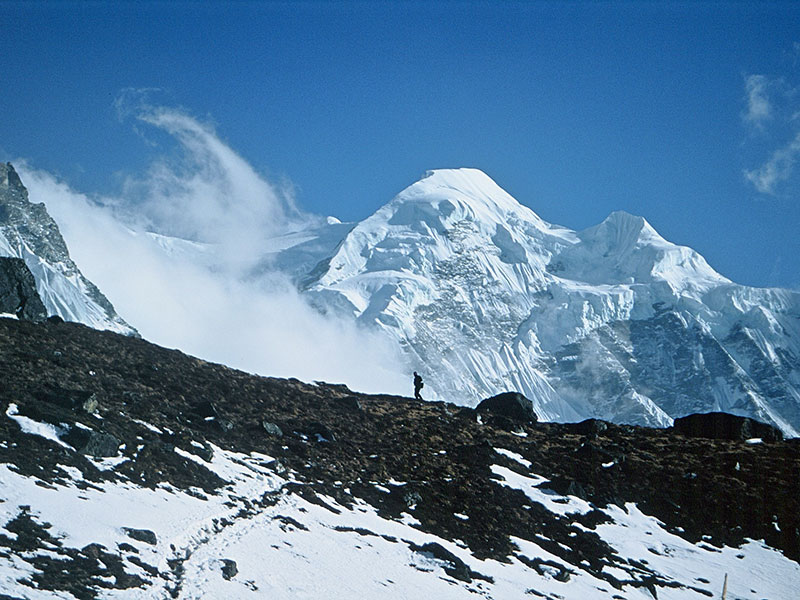
- Height (m)
- 6476
- Duration
- 16 days
- Difficulty
- Moderate
- Continent
- Asia
- Children
- No
- Accomodation
- There are tents
2950 $
Why to go with us?
About the tour Mera Peak is the highest trekking destination in Nepal. Climb Mera Peak and trekking is quite popular due to the accessible level of challenge the trail offers, even given the considerable height of the summit – 6476m. Mera’s summit offers views to five out of the world’s six highest mountains – Cho […]
НаверхAbout the tour
Mera Peak is the highest trekking destination in Nepal. Climb Mera Peak and trekking is quite popular due to the accessible level of challenge the trail offers, even given the considerable height of the summit – 6476m.
Mera’s summit offers views to five out of the world’s six highest mountains – Cho Oyu, Makalu, Kangchenjanga and Everest.
Trekking in Nepal implies is a fairly easy walking along mountain paths. Today there are numerous trekking and climbing trails in Nepal. Prices of such tours are also different, depending on the offered itinerary.
The first ascent to Mera Peak was made in 1953 by Sen Tensing and Jimmy Roberts. The trekking trail, leading to the Base Camp passes through pine-wood and rhododendron forests located in unpopulated remote valley.
Mera Peak trekking trail passes through three valleys of impressive beauty – Imja, Hinku and Hongu. One of the most interesting sections on this trail is that between the ice passage Ambu Labsa and Imja valley, with a mountain lake located there. Another group of five most beautiful lakes (the Panch Pokhari) are located on the other side of the passage, in Hongu valley.
The least challenging and most popular trails to Mera Peak summit lead from the northern side and through Mera La passage. As a rule, those trails include sections passing through closed glaciers on a pretty high altitude. The views of Everest, Chamlang, Barutze and other equally impressive peaks open from Mera La passage, at an elevation of 5415m.
The trail to the southern slope passes through tribal settlements of Jiri and through Pangkongma, at an elevation of 3173m. And the trail from the eastern side, from the city of Lukla, leads through Zatrva La passage (at 4600m).
Mera Peak climbing trail is passing through an open snowy slope and further, via the left crest and the Southern summit, 6065m high. From that spot we can traverse to the Northern summit (6475m) through the Central summit that is 6,461 m high. The Central summit is technically more challenging and features a ledge rock on its northern slope. There are straight trails leading to both summits but due to the great number of crevasses on the mountain’s slopes, those trails are more dangerous.
For a long time Mera Peak climbing was classified as F (facile/easy), but later, due to the crevasses that formed on the last 30–40 meters of its trail, the category of its challenge was raised to PD (Peu difficile/not very hard).
Climb Mera Peak
Day 1. Arrive at Kathmandu, accommodation at hotel and rest after the trip. Dinner and instructing the group. Overnight at the hotel.
Day 2. Flight from Kathmandu to Lukla (to the altitude of 2800m), Overnight at the lodge.
Day 3. Trekking to the village of Chutang (at 3537m), followed by a climb to an elevation of 4000 m, underneath the mountain passage. Staying in Chutang village. Overnight at the lodge.
Day 4. 6 to 8 hours climb through passage Zatrva La (at 4610m). Staying in Tuli-Kharka village (at 4250m). Overnight at the lodge.
Day 5. 4 to 6 hours descent to the village of Gote (Gotar) to the altitude of 3400m. Overnight at the lodge.
Day 6. Trekking to the village of Tagnag (at 4267m). Overnight at the lodge.
Day 7. Trekking 3–4 hours trek to the village of Khare at 4810 m. Overnight at the lodge.
Day 8. An acclimatization and rest day in Khare. Overnight at the lodge.
Day 9. Climb to Mera Peak’s last pre-summit camp at 5800m, tents.
Day 10. Mera Peak summit day – to the altitude of 6476m – followed by descent to Khare. Overnight at the lodge.
Day 11. Descent to Gote (Gotar). Overnight at the lodge.
Day 12. Descent to Thuli Kharka. Overnight at the lodge.
Day 13. Descent to Lukla. Overnight at the lodge.
Day 14. Reserve day.
Day 15. Departure from Lukla to Kathmandu and by transfer to hotel.
Day 16. International flight from Kathmandu airport.
Price of Mera Peak climbing expedition does not include:
- International air travel
- Domestic flight by plane Ramechhap-Lukla-Ramechhap by plane ($400-450)
- Transfer for departure to Lukla Kathmandu-Ramechhap-Kathmandu Airport ($300 per group)
- Personal equipment
- Porter for personal equipment ($25 per day) porter’s insurance is included (yes, we insure all staff)
- Medical climbing insurance
- Lunches and dinners in cities
- Expenses related to any change in the program
- Rescue and evacuation
- Tips
- Drinks
- Food in the track (according to the menu).
- Any costs associated with changes to the program
Insurance
НаверхEquipment.
Скачать PDFDocumentation:
- international passport
- Airplane tickets
- Medical insurance covering helicopter evacuation
Personal equipment:
- Backpack 30-50l.
- Sleeping bag, comfort temperature from -20C.
- Mat
- Trekking poles
- Cats of steel
- Ice axe with self-insurance
- climbing system
- Helmet
- Carabiners – 4 pcs.
- Lanyard mustache
- Zhumar
- descender
- Mug-spoon-bowl
Clothes and shoes:
- Climbing boots triple or double. Double – plastic or leather
- Trekking boots are WELL impregnated in advance with a special anti-water agent
- Sneakers (for the city)
- Waterproof membrane layer – jacket + trousers
- fleece suit
- Thermal underwear top+bottom
- Middle class puff
- Warm mittens
- Gloves are thick
- Thin gloves
- Bandana or buff (in addition to protection from the Sun in the valley, it can be used to warm the throat or face in the cold)
- Cap
- Warm trekking socks for climbing day
- Windproof mask for the lower part of the face
Travel Accessories:
- LED flashlight for head
- Powerbank
- Sunglasses
- Raincoat
- Rain cover for backpack
- Ski goggles
- Thermos – 1l. Preferably without a button in the lid
- Sunblock spf 50
- lip balm spf 10-15
- Leggings
- Chemical heating pads (not required, but can be very helpful)
- Personal medical kit
- Elastic bandage and/or support bandage
- Toothpaste, brush, soap, shampoo, slippers
- Towel
- Toilet paper (sold in loggias along the way)
You may also like
-
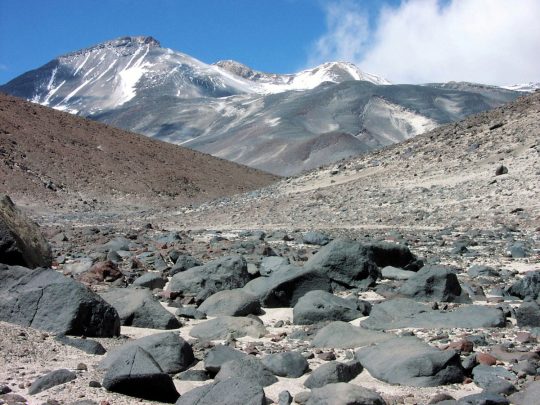 5,300 $
5,300 $Climb Aconcagua + Ojos Del Salado
- Height (m)
- 6893, 6957
- Duration
- 22 days
- Difficulty
- Moderate
- Continent
- South America
- Children
- From 14 years old
- Accomodation
- There are tents
-
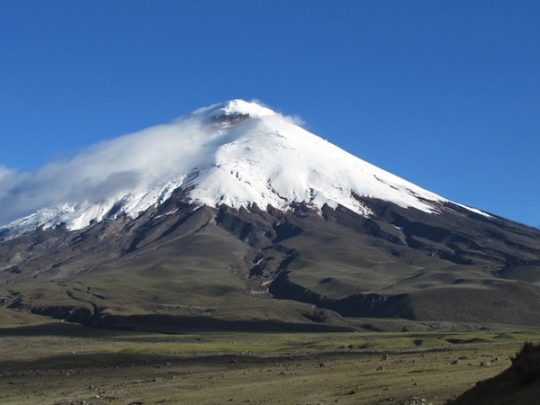 3,900 $
3,900 $Climb Chimborazo and Cotopaxi
- Height (m)
- 5897, 6384
- Duration
- 11 days
- Difficulty
- Moderate
- Continent
- South America
- Children
- From 14 years old
- Accomodation
- Hotels only
-
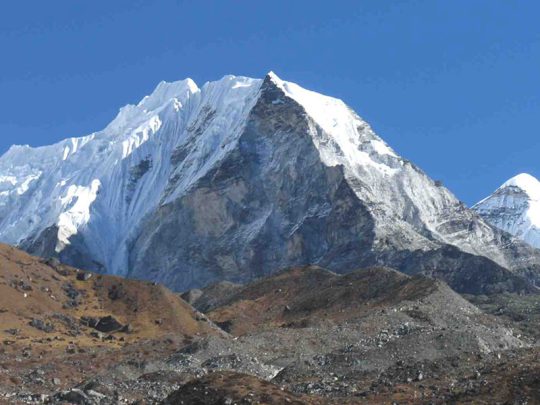 3,129 $
3,129 $Climb Island peak
-
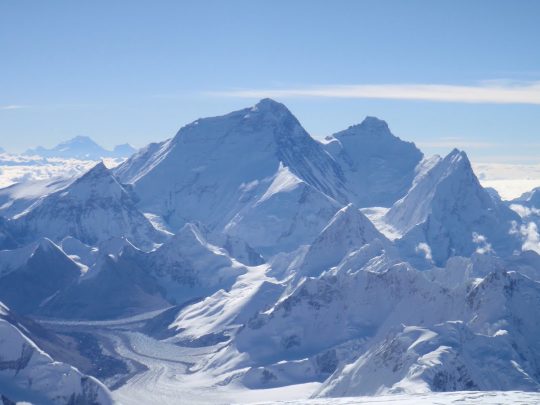 6,000 $
6,000 $Climb Muztagh Ata
- Height (m)
- 7546
- Duration
- 22, 26 days
- Difficulty
- Above average
- Continent
- Asia
- Children
- No
- Accomodation
- There are tents